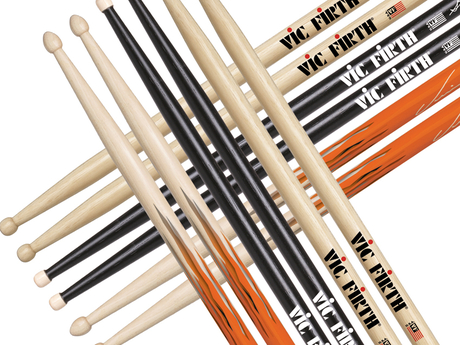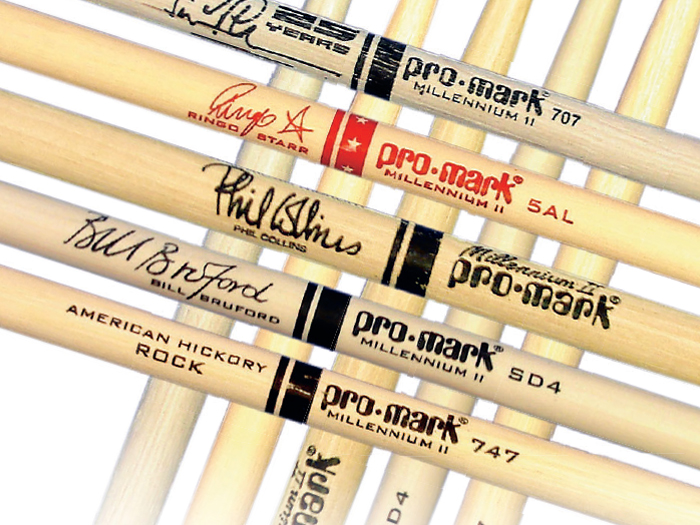10 quick drum stick tips
How to get the most from your sticks


Aside from your kit and cymbals, your sticks are an obvious, but essential component to your playing. Courtesy of Rhythm Magazine, here are a few pointers about getting the most from your sticks: from picking the rights ones to using them effectively…
10 quick drum stick tips
1. Same tree, different part
Although white wood sticks are popular, brown timber is usually just as good. It just comes from a different part of the tree trunk.
2. Don't be snobbish
Look for cut-price 'seconds' by the major manufacturers. These are often good sticks, which don't quite make the highest criteria.
3. Don't just look for brands
Also check out British-made sticks by Shaw and other companies, which are sometimes unbranded.

4. Are you heavy handed?
If you break a lot of sticks try a heavier model or a type with a thicker neck and shoulder.
5. Alter your angles
You might want to alter the angle of your crash cymbals as well so they don't continually cut into your sticks.
Next: sizes, synthetic vs wood, sweaty hands and sandpaper

6. Lengths, shapes and weights
Designations like 2B are not standardised. Manufacturers use the same designations but make different lengths, shapes and weights.
Want all the hottest music and gear news, reviews, deals, features and more, direct to your inbox? Sign up here.
7. Different manufacturer, different designation
Even worse, you will sometimes find the same size stick by different manufacturers bearing different designations, like 6A and 7A.
8. Synthetic vs wood
Synthetic sticks generally last three to eight times longer than wood. But they're usually three times as expensive.
9. Beat slippery hands
To combat sweaty hands you could try antiperspirant lotion, wrapping your sticks with stick wrap or buying special light, thin gloves.
10. Try sandpaper
Some drummers sand their sticks in the grip area for greater friction. Or look our for sticks which have no shiny lacquer.
For the best monthly drumming tips, video lessons and reviews, check out Rhythm Magazine.